|
If you told me 30 years ago that I would one day be working full-time for a cemetery, I wouldn’t have believed you. More so, If you told me 30 years ago that I would not only be working full-time for a cemetery, but while there, would one day find myself intently perusing the website of the US Chess Center, I would have thought you were some sort of heretic. Well, by now, you know what I’ve been doing for the last hour—pretty odd for a guy who knows nothing about the game of chess, but could play checkers with the best of them back in his youth. The US Chess Center is located in nearby Silver Spring and promotes “self-confidence, social skills, and academic success for all” according to their webpage found at www.chessctr.org. “This group prides itself in providing students from throughout the Washington metropolitan area opportunities to meet as friends and equals over the chessboard at weekend classes, tournaments, and special events. The Center’s student programs have hosted World Champion Garry Kasparov, the national champions of Nigeria and Montenegro, and International Grandmasters including Maurice Ashley, the first African-American Grandmaster. Affiliated students have played Internet matches with students from China, the Czech Republic, Montenegro, Norway, Spain, Ukraine, and Zambia.” I was particularly interested in learning a bit more about Jamaican-born Maurice Ashley who, in 1999, was awarded this title of Grandmaster (GM) by the international chess governing body FIDE (Fédération Internationale des Échecs) for outstanding performance. In 2016, he was inducted into the US Chess Hall of Fame, located in St. Louis. In my limited knowledge on the sport, I could only name two chess players, popular icon and Grandmaster/Hall of Famer Bobby Fischer, subject of the movie Searching for Bobby Fischer, and Frederick’s own Theophilus Thompson. The latter gentleman recently had an art piece erected in his honor on Frederick’s Carroll Creek Park. The unique honor speaks to Theophilus Thompson’s standing as perhaps the first African-American chessplayer, a century before the forementioned Maurice Ashley began playing in his youth. A couple from Denver (Tsvetomir Naydenov and Marguerite de Messières) created “An Elusive Kinetic Portrait,” which has been displayed on Carroll Creek since 2020. The sculpture is part of the Carroll Creek Kinetic Art Promenade, a series of works positioned in the waterway that move with the wind. Born into slavery in Frederick on April 21st, 1855, Theophilus Augustus Thompson would eventually work as a domestic servant in Carroll County for a few years until moving back to his hometown in 1870 in the employ of siblings Maria and William Higgins, a county constable in Ward 6. Also listed in the Higgins household was a Virginian named Elizabeth Hays, but I failed to find her familial connection to the Maria and William Higgins, if one at all. In 1870, Theophilus Thompson and the Higgins family lived next door to the Henry Edward Hanshew family on West Church Street. An important member of the Hanshew member can be credited with Thompson’s eventual appearance on Carroll Creek. This was John Keller Hanshew, a 23-year old printer who published the Maryland Chess Review by his own volition. Hanshew began this publication in 1874, and just one year later, a mere five years after he had first learned the game, the young man was elected vice president of the American Chess Association. Theophilus Thompson's interest in chess was sparked while observing a chess match between John Hanshew and a "Mr. S. of Ohio." Thompson would later recall that this inspirational game occurred in April of 1872. He watched the men play, although he "dared not ask questions for fear of annoying the players." Hanshew noting his neighbor’s interest afterwards loaned Thompson a chess set and helped him learn the basics of the game. Theophilus quickly became a skilled player, practically teaching himself the game. Thompson would later write that the initial guidance and support from Hanshew was the "open sesame to Caissa's gardens of ever increasing intellectual delights." So one of the things that makes Mr. Thompson so intriguing (among many) is his name. I found several others across the country with this name in the 19th century and this led me to believe that there likely exists a famous namesake. Sure enough, I was correct, as there was a prominent London physician of the Victorian era that went by this name. Theophilus Thompson, M.D., F.R.S. (1807–1860) was known by American physicians for published clinical lectures and his writings on tuberculosis and influenza. Our chessmaster, Theophilus Thompson, competed against local players, both in person and via correspondence (in which the two players would send moves, one at a time, by mail). However, the young man would achieve his greatest acclaim as a composer of chess problems, himself. Thompson contributed individual checkmate puzzles to chess periodicals before publishing his own anthology entitled Chess Problems: Either to Play and Mate, in 1873, just one year after learning the rules of the game from John K. Hanshew. Interestingly, this was printed by a publisher in Dubuque, IA, instead of by Theophilus' friend and mentor, Mr. Hanshew, right here in Frederick. Theophilus Thompson’s accomplishments were remarkable, and not just because of the circumstances related to his birth and early youth as a slave. In the nineteenth century, there were very few players who made any significant mark in the chess world before turning twenty. Not only did Thompson win games against seasoned adult competition while still a teenager, but with the release of his book in 1873, he may have been the youngest published chess writer at the time. His talents attracted recognition as far away as London, where the City of London Chess Review Magazine praised a puzzle from his book as “one of the most beautiful compositions that ever came before our notice.” Not much was known about Thompson’s life after the publication of his book until a more recent discovery of his death notice in the archives of the Frederick Examiner. His obituary explains that he worked as a schoolteacher in the city of Frederick and is also said to have lived on Ice Street at the time of his passing. The fact that only a couple of Thompson’s problems, and none of his games, are dated after 1875 suggests that the tuberculosis affected his ability to fully apply himself to chess in the last few years of his life. Theophilis Thompson ironically died from the very disease his namesake was known for studying and writing about-- tuberculosis. His death occurred on October 8th, 1881. He was only 26. Theophilus' gravesite is unknown today, but his obituary states that he was buried at the Institution Cemetery on East Fifth Street which likely correlates to Laboring Sons Cemetery, today the site of a memorial park. I did count a number of Thompsons at Fairview Cemetery on Gas House Pike who could be relatives. Perhaps Theophilus Thompson's body was brought there as well when bodies were removed from Laboring Sons around 1949. Due to segregation, there was not an opportunity for Thompson to be buried here in Mount Olivet. However, his employer Maria Higgins (1811-1880) can be found in Area H/Lot 283, although unmarked with a gravestone. The fore-mentioned, Miss Hays, is in the same plot, but has a final stone that reads M. Elizzie Hays (c.1833-1871). More importantly, Thompson’s friend and mentor, John K. Hanshew, is here in Mount Olivet as well. Hanshaw had died of the same disease (tuberculosis) two years earlier and can be found in Area E. John Keller Hanshew was born January 5th, 1847 in Frederick, the son of Henry Edward Hanshew (1824-1899) and first wife Caroline Keller (1820 -1868). John was the oldest of five known children, and the family were regular members of the town’s Evangelical Lutheran Church. The Hanshews lived at what is now 127-129 West Second Street (129 is now part of the Calvary United Methodist Church property). It was also originally the site of a planing mill operated by John K.’s grandfather, John Frederick William Hanshew (1790-1863). The property had been acquired in 1821 according to land records.  The author believes this to be the Hanshew home that once stood at 129 W 2nd on the northeast corner of N Bentz and W 2nd. Note the adjoining planing building(s) that once fronted on Bentz Street. These were part of the family carpentry business until it was sold and later operated as the Wilcoxen & Brown Lumber Company for many years. The Hanshew home was demolished sometime before 1930 when the Calvary United Methodist Church opened here, moving from its previous location on East Church Street (where a parking deck now stands). The home pictured above (at 127 West Church) is said to have replaced an earlier structure. The Hanshews are the epitome of a classic early Frederick German family akin to the stories surrounding others such as the Schleys, Steiners and Bruners. Their surname, originally spelled Handschuh in the native language, points to an ancient profession as you can separate both words “hand”-“schuh” which translate to hand and shoe as we know them. If you were to request a “handschuh” in Germany, you would be offered a pair of gloves. Our subject’s great-great grandfather, Frederick William Handschuh (1714-1764), came from the village of Halle, in the (east) German state of Saxony-Anhalt. He emigrated to America, arriving in Philadelphia in 1748—the same year Frederick County was founded in Maryland. Handschuh would settle a short distance west of Philadelphia in Chester County’s Germantown, aptly named by design by the Penn family who were warmly welcoming these frugal, industrious and God-fearing people to his Pennsylvania colony. The immigrant’s son, Frederick William Handschuh (1760-1832), would change the spelling of the family name to Hanshew, for himself and later descendants. More importantly, he would relocate to Frederick Town sometime before marrying his wife Maria Whitehair in the year 1784. Frederick W. Hanshew would have a son John Frederick Hanshew (1789-1867) who later established a planing mill and lumber yard at the intersection of West Second Street and North Bentz Street. In the 1850 census, we find Henry E. Hanshew and family living on West Second Street, as earlier mentioned, with his widowed father for whom our chess enthusiast was named. Both Henry and his father (John), are naturally listed as carpenters in this census, and again in the 1860 census. John Keller Hanshew must have known his way around the family woodworking business, however he would be listed as a printer, and not a planer, a decade later in 1870. I don't know exactly what he was doing at this time period of life, as he was just too young to serve in the US Civil war. I did learn from old newspaper clippings that he was quite proficient of tracking more than chess moves. He was the official scorer of a local Frederick baseball team. He also served as the Mountain City Baseball Club's Board Secretary as well. Hanshew was a member of the United Fire Company too. As stated earlier, John began his chess publication in 1874, and he was aided by friend Theophilus Thompson in providing "chess puzzles/problems" for his readers to solve. Mr. Hanshew's chess problems would be utilized years later in various newspapers across the country. The first half of the 1870s decade saw John and his friend Theophilus engaged in a world of pawns, bishops, rooks, kings and queens—“checking and doublechecking” every move in life so to speak. Sadly, these two “checkmates” passed far too early. Both men can, and should, be remembered when visiting the Hanshew family lot at Area E/Lot 104. Mount Olivet’s “chessmen.” The neighbors of the Hanshews, with whom Theophilus was living in 1870, were Maria and William Higgins. These were the children of James Lee Higgins (1770-1837), the founder and first minister of the New Market United Methodist Church (formerly known as New Market’s Methodist Episcopal Church). Rev. Higgins would later become the first ordained bishop of the Methodist Church in the United States.  Rev. Higgins wife (Sarah Dorsey) came from a very large slaveholding family in our county’s history. Rev. Higgins and Sarah owned a large plantation in the area of New London, north east of New Market. There appears to be a connection between Theophilus and the greater Dorsey family of eastern Frederick County (and western Carroll County). At the time of Rev. Higgins’ death in 1837, it appears that son William inherited part of his property on Linganore Creek, as well as a number of enslaved persons. He manumitted four of them in 1840 and four more in 1842 (to take effect years later, as he mortgaged some of them in 1842 to pay off some debts. About the same time he mortgaged goods from a store he apparently had in nearby New London.) I wonder if any of those manumitted were the parents of Theophilus Thompson? William had two brothers-in-law who were slave owners in the 1850 and 1860 slave schedules: Perry Bennett and Ephraim Maynard. Bennett did live in Carroll County but also obtained the Higgins plantation which are both potential links to Theophilus having been a servant to someone during his youth in slavery and post- Emancipation in Carroll County from 1868 to 1870. This has yet to be proven however. The last hypothesis I will offer to Theophilus’ possible origins come in the form of the most influential early Thompson in Frederick’s history—John P. Thomson/Thompson, newspaper publisher of the Frederick Town Herald for many years . ( NOTE: See our earlier “Story in Stone” entitled “Heralding the 8th of July.” He was a nearby neighbor of Higgins in the Court Square Area during the 1850s. ) Could our chess champ been given this surname by this man? Rev. Higgins and wife Sarah are buried at Central Chapel near the intersection of MD 75 and Old Annapolis Road. As I said earlier, we have Maria Higgins interred at Mount Olivet in Area H/Lot 283, however her grave is unmarked like her father's and brother's to my knowledge. 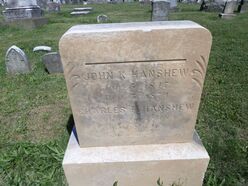 As for William Higgins, he never bought any property in Frederick, instead he is indicated as living in Keefer's Hotel (later Carlin’s Hotel on the southwest corner of N. Court and W. Church streets) in 1850, a renter in 1860, living with sister Maria and Theophilus in the 1870 census. He is listed as a boarder in 1880 with the William Wright family on East Patrick Street. Mr. Higgins served various civic duties including county bailiff, acting coroner, Justice of the Peace, and city tax collector. I'm not sure whether he ever married, or what happened to him later in life. I presume that he may be buried in Central with his parents but am not sure. I guess you could say I’m at a "stalemate" when it comes to learning more about this fellow, not unlike my difficulty in discovering more on Theophilus Thompson and John K. Hanshew, I guess.
1 Comment
CHRISSie
3/20/2023 10:09:50 am
Very interesting!! For years my dad and my son did the mowing and weed ducking at Central. Hubby designed and we built the first house close to 75 on old Annapolis rd in 1990. Son was 14 and took pride in meeting those who were on the stones. Wonder if any of these folks? Great story as always!!
Reply
Leave a Reply. |
STORIES
|
Archives
July 2024
June 2024
May 2024
April 2024
March 2024
February 2024
January 2024
December 2023
November 2023
September 2023
August 2023
July 2023
June 2023
May 2023
April 2023
March 2023
February 2023
January 2023
December 2022
November 2022
October 2022
September 2022
August 2022
July 2022
June 2022
May 2022
April 2022
March 2022
February 2022
January 2022
December 2021
November 2021
October 2021
September 2021
August 2021
July 2021
June 2021
May 2021
April 2021
March 2021
February 2021
January 2021
December 2020
November 2020
October 2020
September 2020
August 2020
July 2020
June 2020
May 2020
April 2020
March 2020
February 2020
January 2020
December 2019
November 2019
October 2019
September 2019
August 2019
July 2019
June 2019
May 2019
April 2019
March 2019
February 2019
January 2019
December 2018
November 2018
October 2018
September 2018
August 2018
July 2018
June 2018
May 2018
April 2018
March 2018
February 2018
January 2018
December 2017
November 2017
October 2017
September 2017
August 2017
July 2017
June 2017
May 2017
April 2017
March 2017
February 2017
January 2017
December 2016
November 2016


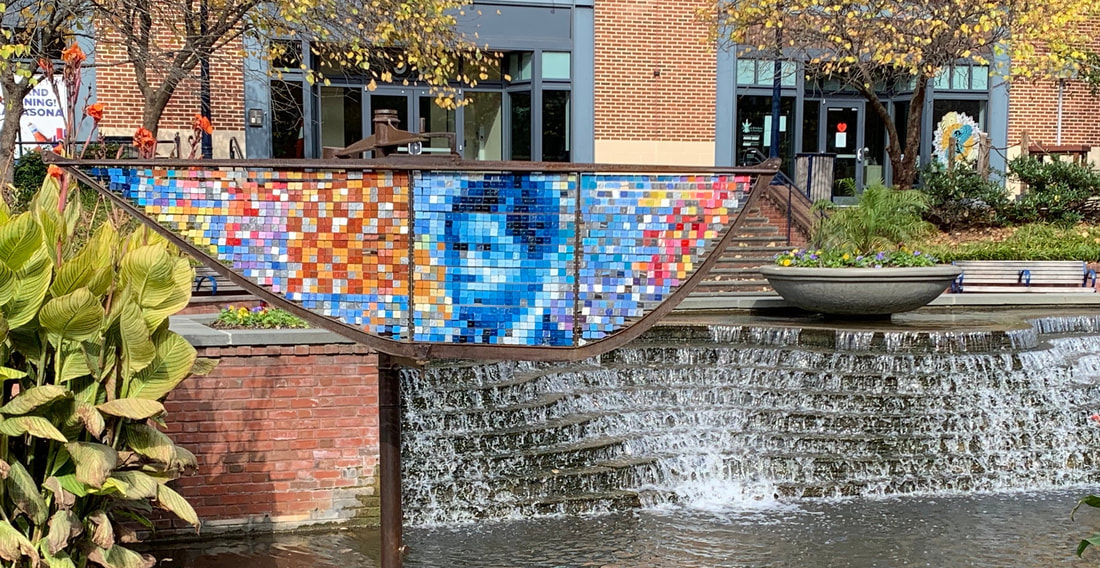




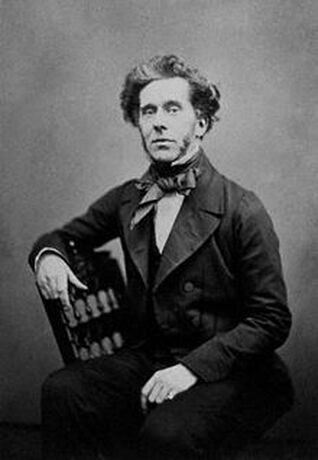








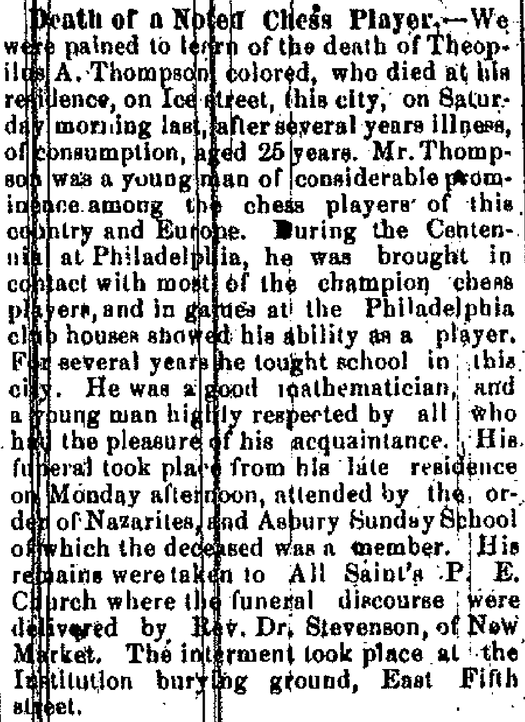
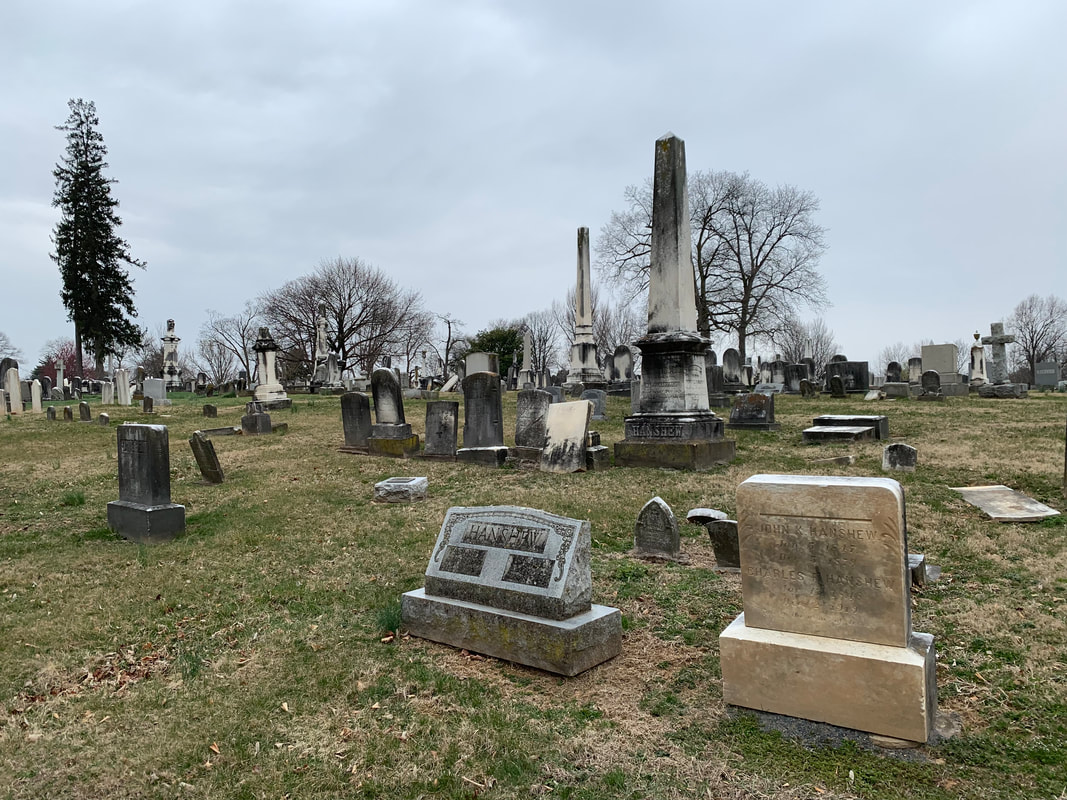

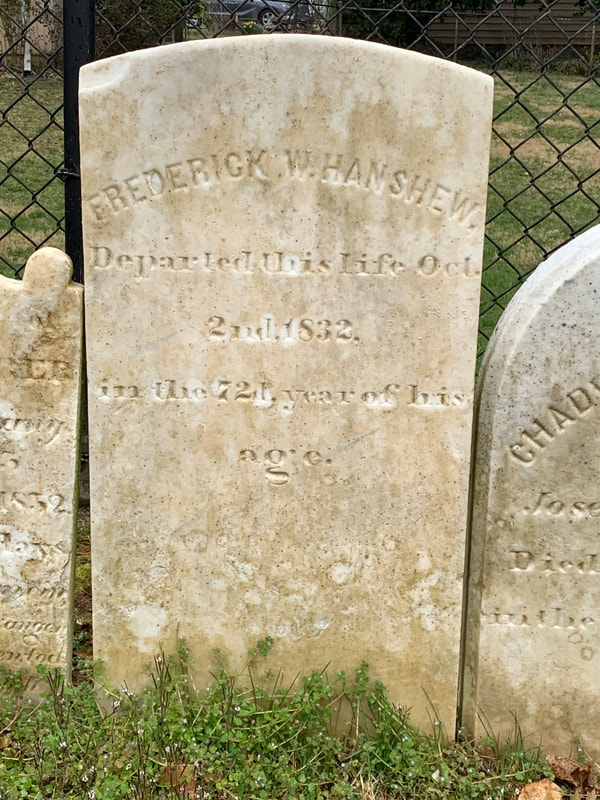

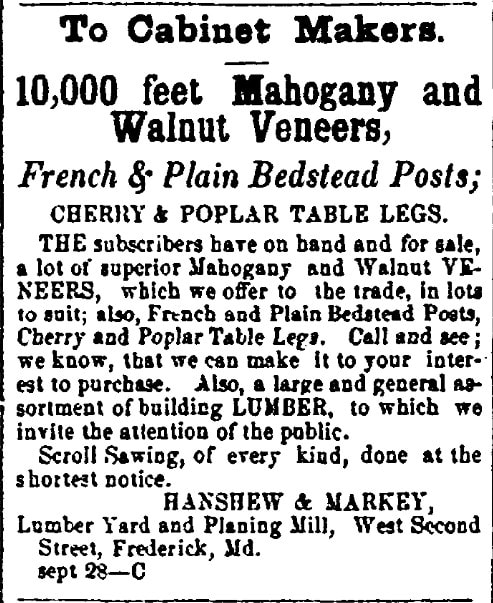

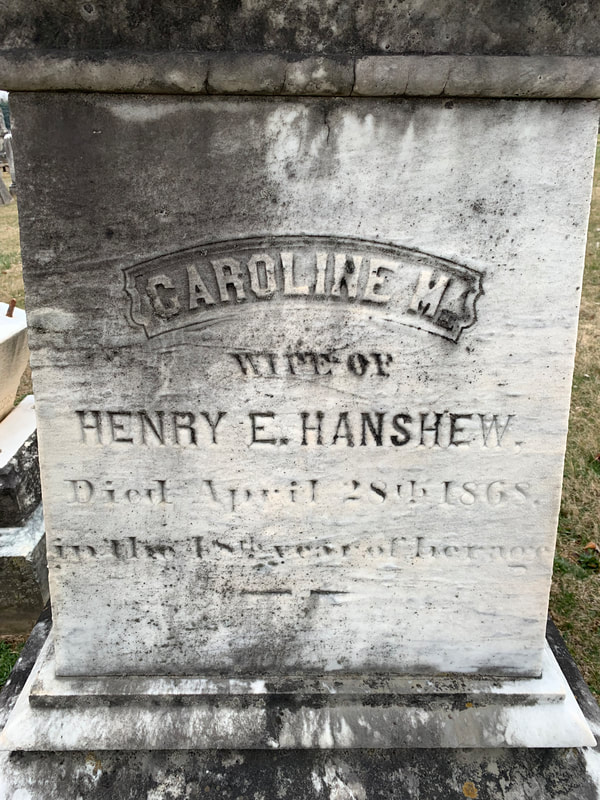








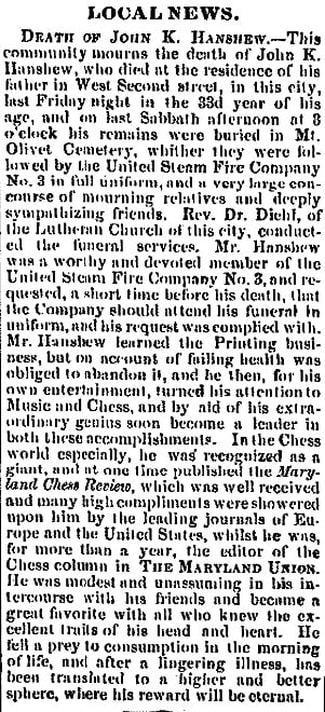



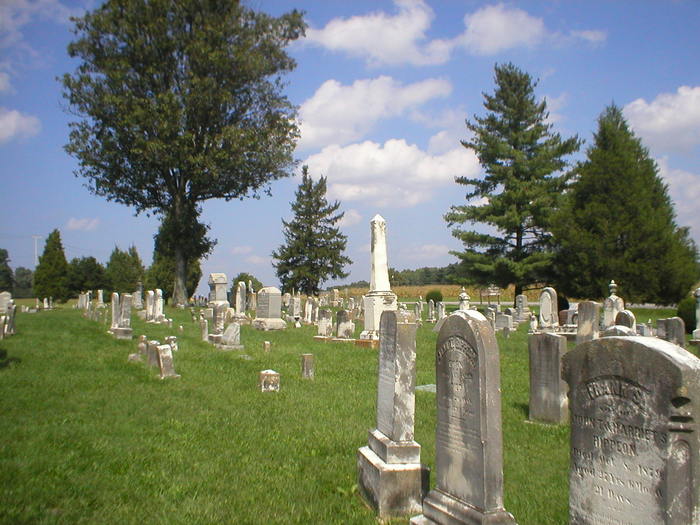


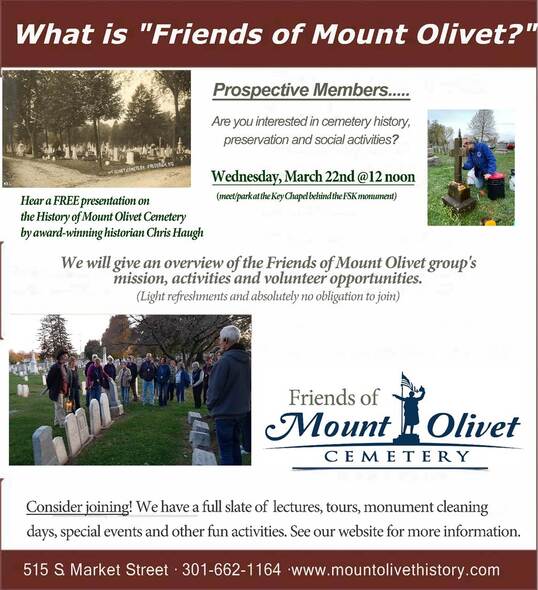

 RSS Feed
RSS Feed